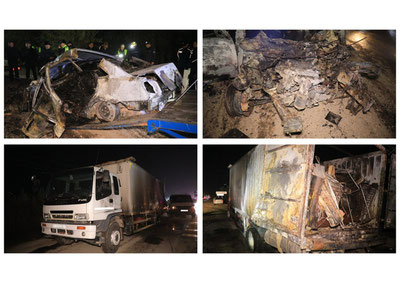As of 9:00 a.m. today, May 27, air quality in Tashkent is mainly assessed at the level of the "yellow" zone.
This means that air pollution is at a moderate level.
Experts note that the main pollutant is PM2.5 particles, the amount of which is 4.6 times higher than the annual norm recommended by the World Health Organization.
At the same time, the levels of other harmful substances - such as nitrogen dioxide, sulfur dioxide, carbon monoxide - did not exceed the established norms.
What are PM2.5 particles?
PM - all particles present in the air, including dust, clay, soot, smoke, and liquid droplets. Dust particles irritate the respiratory tract and can cause or worsen diseases such as bronchitis, emphysema, cardiovascular disease (such as stroke), eye infections, skin irritation, and meningococcal meningitis.
The size of dust particles is a key factor in determining the potential danger to human health.
According to the World Health Organization, particles with a diameter of less than 10 microns (≤ PM10) can penetrate deep into the lungs and accumulate in them. Particles with a diameter less than 2.5 microns (≤ PM2.5) have a more harmful effect on health: they can overcome the air barrier in the lungs and enter the circulatory system.






